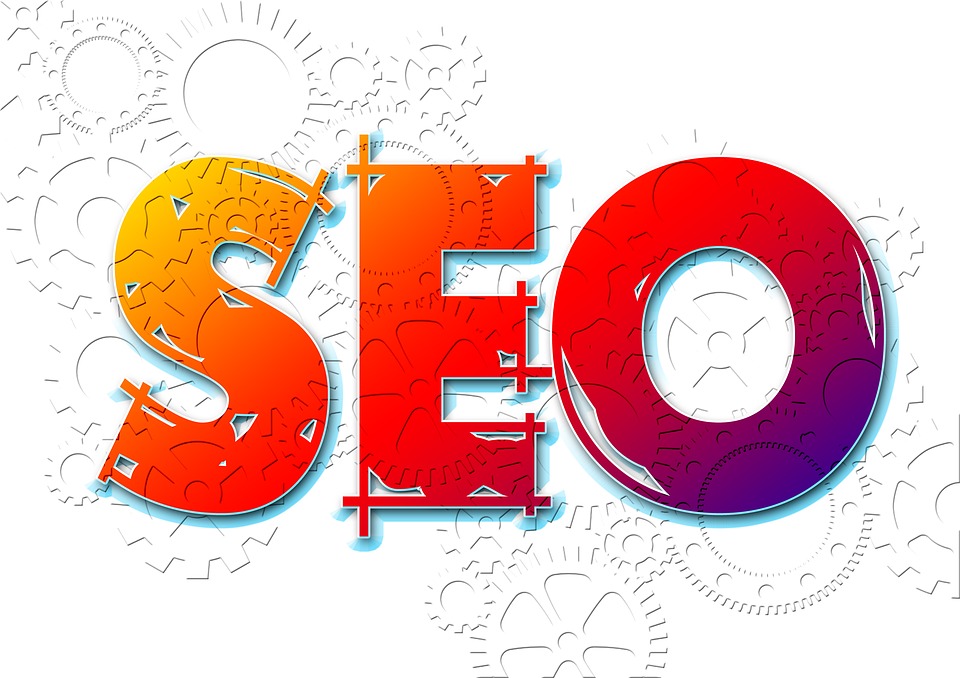Google has continually evolved over the years, marketers have looked to adapt their practices and stay one step ahead of the game. At times, it has felt like SEO managers vs Google. If you’re an SEO marketer, you have to face the facts – while you might like to think that they do, Google really doesn’t care about you. They simply want to stop spammy results from dominating the top results because it ultimately affects their bottom line. This is why companies get hit by penalties, then reprieved a couple of weeks later – because the search experience becomes worse for the users.

For years, Google has been telling marketers that they need to care about the users, you can even read in their Webmaster Guidelines that the company’s mission is to “provide users with the most relevant results and a great user experience”. Search is their main product, and the company’s success is still directly tied to the monetization of search results and it is in their best interest to deliver the most satisfying content to the users. These days, a quality SEO campaign has little to do with backlinks, and a lot of to do with customer experience.
Website Speed
Most people will not stay in line for more than 15 minutes, but website speed is a true indicator of just how people impatient really are. You see, KISSmetrics research suggests that not only half of the consumers (47% to be exact) expect a website to load in less than two seconds, 40% of them will abandon the site, if it takes more than three seconds to fully load. Any delay in loading time will certainly affect the experience of your customers and your ROI; and we are not speaking theoretically – this is a proven fact. A few years ago, the online retail juggernaut Amazon lost over $1.5 billion in 2012, thanks to a second-long load delay, according to the statistics compiled by the Fact Company.

Website speed is not only a huge part of user experience, it is also an important SEO factor. Google uses a variety of different factors to determine how to rank search engine results and back in 2010, the company announced that site speed would begin having an impact on ranking. However, Google never clearly defined what “website speed’ exactly means. Obviously, page load time is a big part of it, but several other factors like total image content and page size also influence the speed of your site. For example, large images usually take up a whole a lot of bandwidth, but you cannot compromise on the image quality for speed. Therefore, you should run your images through compression tools to decrease their size, without compromising the quality.
Content Presentation
Almost 60 million blog posts are published each month on WordPress alone, and with that amount of content floating around the Internet, you have to agree that skimming is to be expected. In fact, it turns out that most Internet readers are skimmers, according to a study published in the Transactions on the Web journal, on average, web users read less than 30% of a post – even if they like it. That is why, most content should be UX optimized with skimmers in mind. The correct optimization should enable the readers to understand more from quickly scrolling through the text.

While “create quality content” might be the most overused piece of advice in the SEO, this is actually sound advice. Content creation is still the most important factor in SEO effectiveness; according to a 2015 EMarketer report, over 70% of managers worldwide say that relevant content is the most effective SEO strategy. In the past managers managed to rank high using shady tactics like keyword stuffing, but all of those algorithm updates made those practices useless and obsolete. Bear in mind that every Google search performed comes with intent – to find, learn, buy or understand. Even though advanced link building tools such as Dibz are a necessity, search engines place carefully crafted content at the top of the results in order to satisfy that intent in the best way possible.
Test Everything as Often as You Can
Blending SEO and UX in order to improve your site’s performance is not necessarily complicated, and it is important to understand how these two optimizations cannot work independently anymore – at least not with the same efficiency. Also, keep in mind that there is always room improvement, and just because a change you made works good, it does not mean that it cannot work better or that it will not become out-of-date the following year.

Every little detail can and must be tested; even if a test turns out poorly, you will still learn from the experience and find out what steps must be taken to keep your website both visible and usable.

























